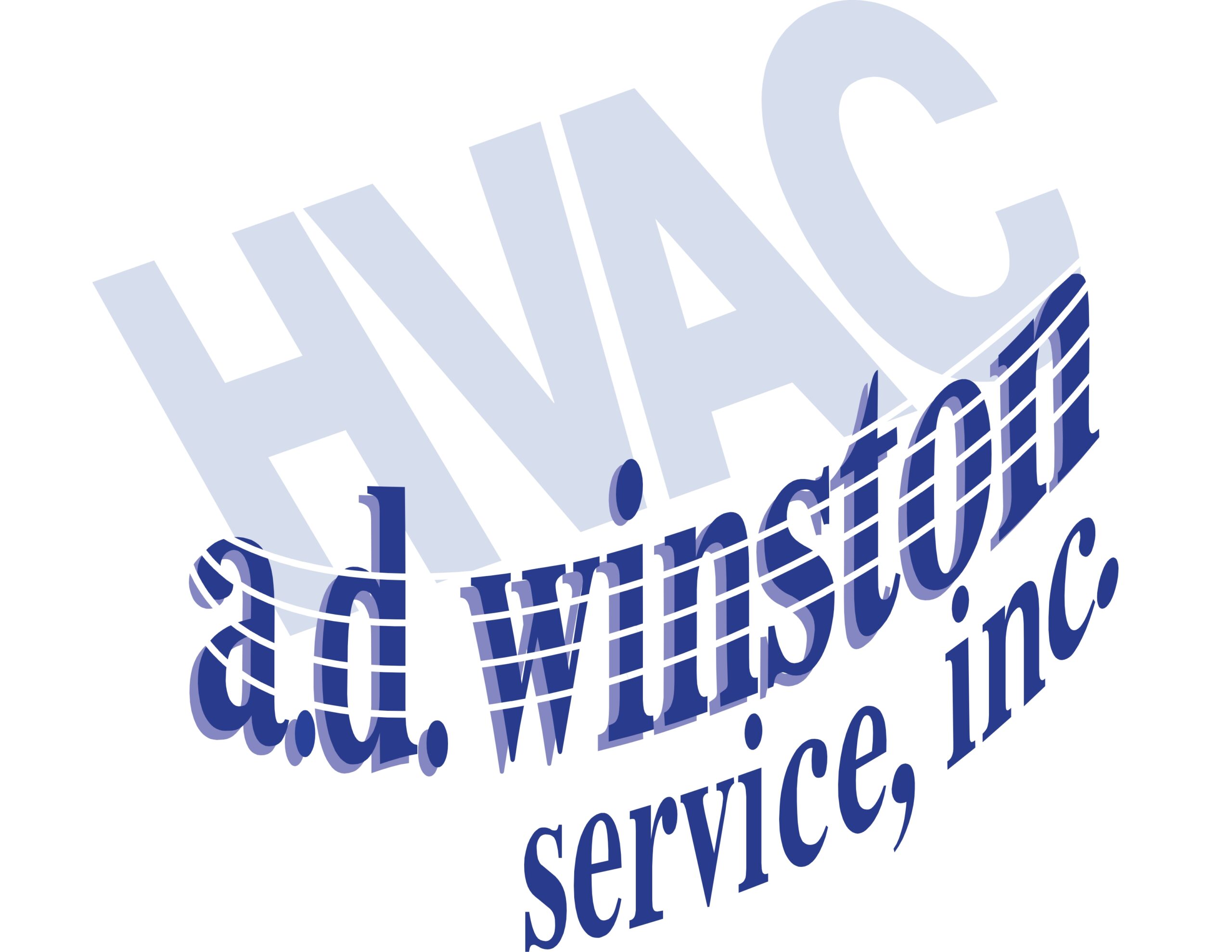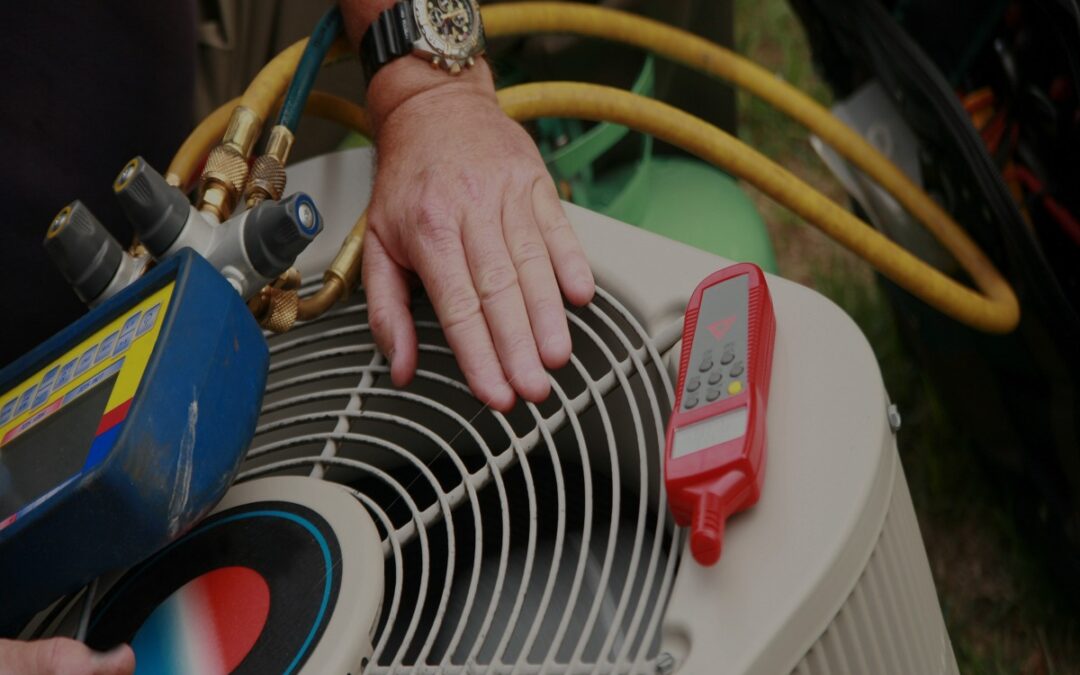In the intricate web of residential HVAC systems, proper ventilation acts as the life-giving breath that sustains the overall functionality of your home’s air quality. Without it, the system becomes akin to a stifling room devoid of fresh air.
But why is this airflow so crucial to the design of your HVAC setup? Just imagine the repercussions of neglecting ventilation in your living space; it goes beyond mere comfort and convenience.
By ensuring adequate ventilation, you are not only fostering a healthier environment but also optimizing the efficiency of your HVAC system. The interplay between ventilation and your home’s well-being is more profound than you might think.
Importance of Proper Ventilation
To maintain a healthy indoor environment, ensuring proper ventilation is crucial in residential HVAC design. Proper ventilation not only helps regulate temperature and humidity levels but also plays a significant role in improving indoor air quality. In the realm of HVAC systems, ventilation is a cornerstone for promoting comfort and well-being within your home.
When it comes to residential HVAC systems, ventilation is essential for the efficient operation of your heating, ventilation, and air conditioning units. Without adequate ventilation, your HVAC system may struggle to circulate air effectively, leading to potential issues that could require costly AC repair or HVAC installation services. By ensuring proper ventilation in your home, you can prolong the lifespan of your HVAC system and avoid unnecessary repairs.
Health Benefits of Ventilation
Ensuring proper ventilation in your residential HVAC design not only enhances indoor air quality but also brings about significant health benefits. Adequate ventilation helps reduce the concentration of indoor air pollutants such as allergens, volatile organic compounds (VOCs), and other harmful particles. By continuously circulating fresh air and expelling stale air, ventilation systems help prevent the buildup of these pollutants, which can lead to respiratory issues, allergies, and other health problems.
Moreover, proper ventilation plays a crucial role in controlling humidity levels within your home. High humidity can create an ideal environment for mold growth and dust mites, both of which are known to trigger allergies and asthma symptoms. By regulating moisture levels, ventilation systems help inhibit the proliferation of these allergens, promoting a healthier indoor environment for you and your family.
In addition to reducing the risk of respiratory issues and allergies, effective ventilation can also enhance overall comfort and well-being by ensuring proper air circulation and maintaining a consistent indoor temperature. Prioritizing ventilation in your HVAC design is a proactive step towards safeguarding your health and creating a more pleasant living space.
Impact on Indoor Air Quality
A well-designed ventilation system is crucial for maintaining high indoor air quality in your home. Proper ventilation helps remove indoor pollutants such as dust, pet dander, and volatile organic compounds (VOCs) that can accumulate in your living spaces. Without adequate ventilation, these pollutants can linger in the air you breathe, leading to respiratory issues, allergies, and other health concerns.
Moreover, a well-ventilated home can help control humidity levels, preventing mold growth and the proliferation of dust mites. Excess moisture in the air can create a breeding ground for mold, which not only affects indoor air quality but also poses serious health risks. By ensuring proper ventilation, you can reduce the likelihood of mold formation and maintain a healthier environment for you and your family.
In addition, effective ventilation can help eliminate odors from cooking, cleaning chemicals, and other household activities, ensuring that your home smells fresh and clean. By investing in a ventilation system that promotes good indoor air quality, you can create a more comfortable and healthy living environment for everyone in your household.
Preventing Mold and Stagnant Air
Proper ventilation not only enhances indoor air quality but also plays a vital role in preventing mold growth and eliminating stagnant air in your home. Mold thrives in damp, poorly ventilated spaces, posing health risks and causing damage to your property. By ensuring adequate ventilation, you can reduce moisture buildup, making it harder for mold to grow.
Stagnant air can lead to stuffiness and discomfort in your living areas. Proper ventilation helps maintain air circulation, preventing pockets of stagnant air from forming. This not only improves your comfort but also ensures a more pleasant living environment for you and your family.
To prevent mold and stagnant air, consider using exhaust fans in high-moisture areas like bathrooms and kitchens. Additionally, ensure your HVAC system is properly sized and maintained to promote adequate air exchange throughout your home. By prioritizing ventilation, you can create a healthier and more comfortable living space for everyone.
Comfort and Energy Efficiency
How can you optimize your residential HVAC system to enhance both comfort and energy efficiency?
To achieve the best of both worlds, start by ensuring your system is appropriately sized for your home. An oversized unit can lead to frequent cycling on and off, reducing comfort and wasting energy.
Proper insulation is crucial to maintaining a consistent temperature, preventing heat loss in the winter and heat gain in the summer.
Regular maintenance, such as changing filters and cleaning ducts, not only improves air quality but also helps your system run efficiently.
Consider investing in a programmable thermostat to adjust temperatures based on your schedule, saving energy when you’re not home.
Additionally, sealing any leaks in your ductwork can prevent air loss, ensuring that the conditioned air reaches its intended destination efficiently.
Ventilation Strategies for Homes
To ensure optimal air quality and circulation in your home, consider implementing effective ventilation strategies. Proper ventilation is essential for maintaining a healthy indoor environment. One strategy is to utilize exhaust fans in high-moisture areas like bathrooms and kitchens to remove stale air and prevent mold growth. Additionally, installing a whole-house ventilation system can help circulate fresh outdoor air throughout your home, reducing indoor pollutants. Another effective strategy is to use air purifiers or filters to trap airborne particles and improve indoor air quality. Opening windows periodically to let in fresh air can also help refresh your home’s atmosphere.
It’s important to strike a balance between ventilation and energy efficiency. Consider investing in energy-recovery ventilators that exchange heat between incoming and outgoing air to minimize energy loss. Properly sizing your ventilation system according to your home’s square footage and occupancy is crucial for efficient air distribution. By implementing these ventilation strategies, you can create a healthier and more comfortable living environment for you and your family.
Balancing Airflow in HVAC Systems
Wondering how to ensure balanced airflow in your HVAC system for optimal performance and comfort in your home? Properly balancing airflow is crucial to maintain consistent temperatures throughout your living space and maximize energy efficiency. One key aspect is ensuring that the air distribution system is designed and installed correctly. This involves strategically placing supply and return vents to promote efficient airflow.
Regularly changing air filters is another essential step in maintaining balanced airflow. Clogged filters can restrict airflow, causing your HVAC system to work harder and potentially leading to uneven heating or cooling in different areas of your home. Additionally, scheduling routine maintenance with a professional HVAC technician can help identify and address any issues affecting airflow balance.
Using adjustable dampers in your ductwork can also help regulate airflow to different areas of your home, ensuring that each room receives the appropriate amount of conditioned air. By taking these steps to balance airflow in your HVAC system, you can enjoy consistent comfort and improved energy efficiency throughout your home.
Ventilation Standards and Regulations
Ensure compliance with ventilation standards and regulations to maintain indoor air quality and safety in residential HVAC systems. Proper ventilation is essential to ensure that the air inside your home remains clean and healthy. Various standards and regulations have been put in place to govern ventilation practices in residential buildings. These guidelines outline the minimum ventilation requirements necessary to safeguard occupants’ health and well-being.
The American Society of Heating, Refrigerating and Air-Conditioning Engineers (ASHRAE) sets standards for ventilation rates and indoor air quality to ensure that residential spaces are adequately ventilated. Additionally, building codes enforced by local authorities mandate specific ventilation requirements that must be met during the construction or renovation of residential properties.
Technologies for Improved Ventilation
Curious about how modern technologies can enhance ventilation in residential HVAC systems? Several innovative technologies can significantly improve ventilation in homes. One such advancement is the use of energy recovery ventilators (ERVs) or heat recovery ventilators (HRVs). These systems help exchange stale indoor air with fresh outdoor air while simultaneously transferring heat or energy between the two streams, resulting in improved indoor air quality without excessive energy loss.
Another technology that has gained popularity is smart ventilation systems. These systems monitor indoor air quality in real-time and adjust ventilation rates accordingly. By dynamically responding to changing conditions, smart ventilation systems ensure optimal air quality while minimizing energy wastage.
Furthermore, the integration of demand-controlled ventilation (DCV) systems can enhance ventilation efficiency by adjusting airflow based on occupancy levels or specific indoor air quality parameters. These systems help prevent over-ventilation, leading to energy savings and improved comfort.
Design Considerations for Ventilation
When designing ventilation systems for residential HVAC, it’s crucial to consider various factors to ensure optimal indoor air quality and energy efficiency. Proper ventilation design begins with understanding the layout and size of the home. The number of rooms, their function, and the location of windows all impact ventilation needs.
Additionally, the climate in which the home is situated plays a significant role in ventilation design. Areas with high humidity levels may require different ventilation solutions compared to drier climates. Considering the local climate helps determine the most efficient and effective ventilation system for the home.
Furthermore, the occupants’ lifestyle and habits should be taken into account during ventilation system design. Factors such as the number of people living in the house, their daily activities, and any specific health considerations all influence the ventilation requirements.
Lastly, integrating energy-efficient ventilation solutions, such as heat recovery ventilation systems, can help improve indoor air quality while minimizing energy consumption. By considering these design aspects, you can create a ventilation system that ensures a healthy indoor environment while optimizing energy efficiency.
In conclusion, proper ventilation is essential in residential HVAC design to ensure a healthy indoor environment, prevent mold and stagnant air, and improve overall comfort and energy efficiency.
By following ventilation standards and regulations, utilizing advanced technologies, and considering design considerations, you can create a well-balanced airflow system that promotes better indoor air quality and a more comfortable living space for you and your family. So, don’t overlook the importance of ventilation in your HVAC system design.
Why Choose Us?
A.D. Winston Service, Inc. offers comprehensive residential HVAC solutions tailored to meet the unique comfort needs of homeowners. With a focus on efficiency and reliability, we specialize in the installation, maintenance, and repair of heating, ventilation, and air conditioning systems. Our team of certified technicians ensures top-notch service, providing expert advice and quality workmanship to keep homes comfortable year-round.
a.d. winston service, inc.
20 Railroad Ave Ridgefield Park, NJ 07660
(718) 361-2811
https://www.adwinstonservice.com/

